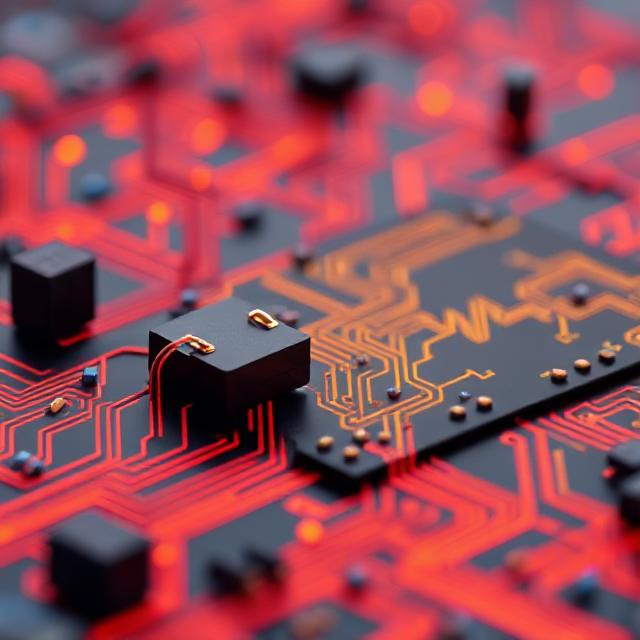What is Bluetooth?
Bluetooth is a wireless technology that allows devices to communicate with each other over short distances. It’s commonly used for things like connecting headphones to a phone, transferring files between devices, or using a wireless keyboard or mouse.

How does Bluetooth work?
Bluetooth works by sending data using radio waves. It uses short-range radio frequency (RF) signals to transmit information, which allows devices to communicate without the need for wires or cables.
Here’s how it works step-by-step:
- Pairing: To start, two Bluetooth devices need to “pair” with each other. Pairing is the process where the devices find each other and establish a secure connection. This is usually done by turning on Bluetooth on both devices and selecting each other from a list.
- Frequency: Bluetooth operates on a specific frequency of 2.4 GHz, which is the same frequency used by Wi-Fi and other wireless devices. But Bluetooth uses a special method to avoid interference, so it can still work reliably.
- Short Range: Bluetooth devices generally work within a short range, usually up to 30 feet (about 10 meters). The range can vary depending on the Bluetooth version and the power of the devices involved.
- Data Transmission: Once paired, the devices can transmit data to each other. This could include things like audio (for headphones), files, or control signals (for things like a Bluetooth speaker or game controller).
- Low Energy: One of the coolest features of Bluetooth is that it uses very little power, especially in the newer versions like Bluetooth Low Energy (BLE). This makes it perfect for small gadgets like fitness trackers, smartwatches, or wireless earbuds that need to last a long time on a small battery.
Types of Bluetooth:
There are different versions of Bluetooth that vary in speed, range, and power consumption:
- Classic Bluetooth: Used for higher data transfer rates (e.g., streaming audio).
- Bluetooth Low Energy (BLE): Used for devices that don’t need to send large amounts of data but need to conserve battery life (like fitness trackers).
Applications of Bluetooth:
Bluetooth is used in many everyday devices:
- Headphones and earbuds: Connect wirelessly to your phone to listen to music.
- Speakers: Many Bluetooth speakers allow you to play music without any wires.
- Smartwatches: Sync with your phone for notifications or control music.
- Wireless keyboards and mice: Used with laptops or desktops without needing any cables.
- File transfer: Transfer files like pictures or documents between phones or computers.
Benefits of Bluetooth:
- Wireless: No need for cables or wires.
- Low Power: Efficient and great for small devices.
- Convenient: Easy to connect and use with a wide range of devices.
- Secure: Devices can pair using secure codes or passwords, keeping the connection private.
Limitations:
- Range: Bluetooth’s range is relatively short compared to technologies like Wi-Fi.
- Speed: While good for most everyday tasks, Bluetooth may not be the best for large file transfers (though newer versions are faster than older ones).
So, Bluetooth essentially makes life easier by letting devices communicate wirelessly over short distances. It’s reliable, energy-efficient, and widely used in everything from headphones to smart home devices.











